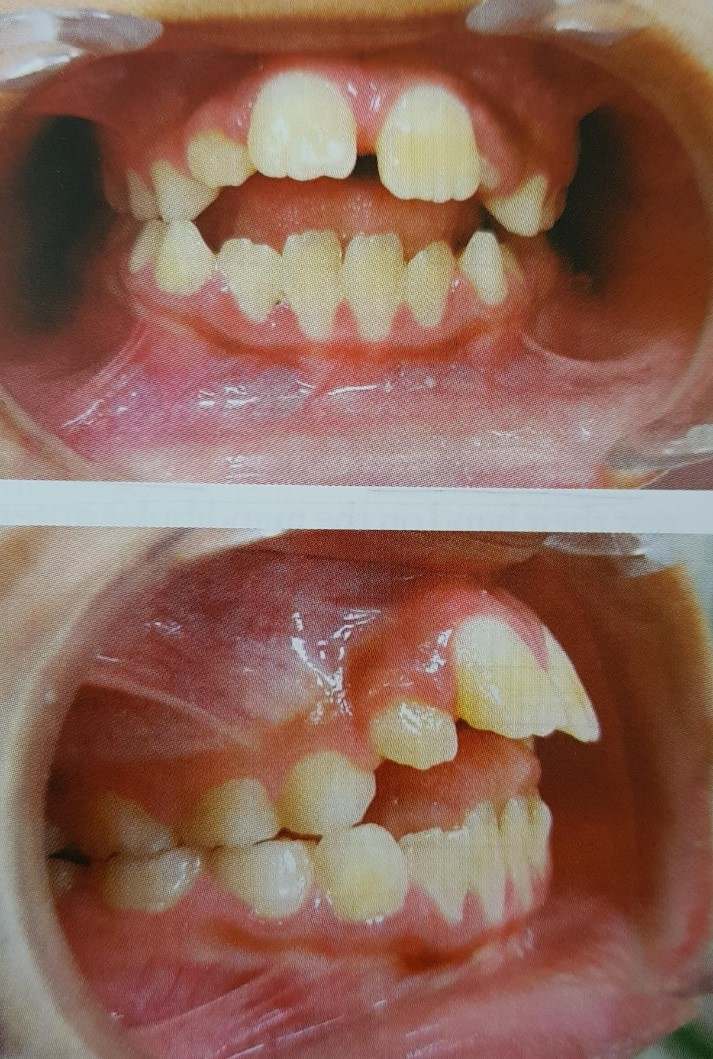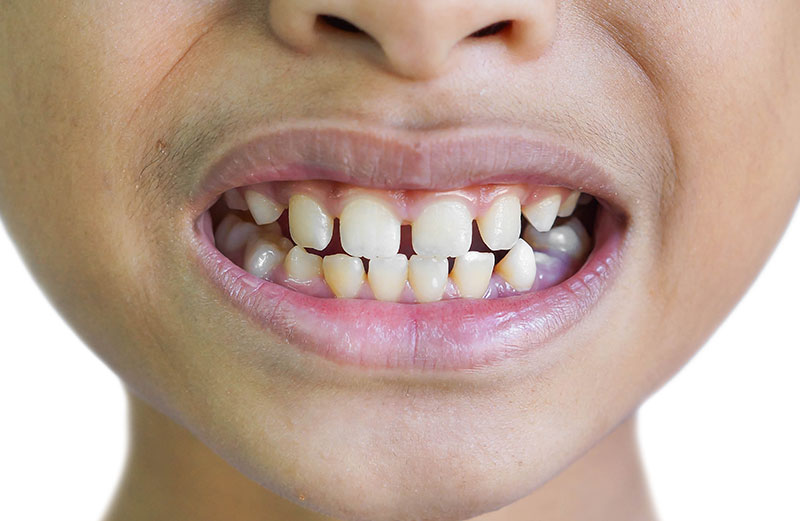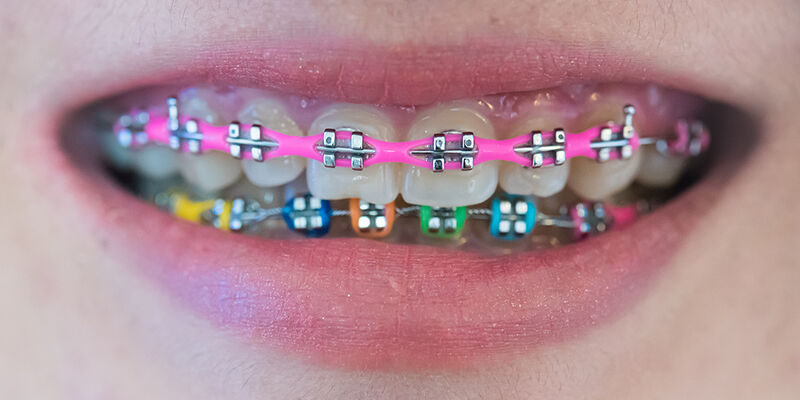Buck Teeth from Thumbsucking: How a Childhood Habit Can Lead to Long-Term Dental Issues

Thumbsucking is a common habit among young children, often providing them with comfort and security. While many children outgrow this habit as they develop, prolonged thumbsucking can have lasting consequences on dental health, leading to the development of buck teeth and other misalignment issues. In this in-depth guide, we will explore how thumbsucking contributes to the formation of buck teeth, the long-term effects it can have on oral health, and the various treatment options available to correct the issue.
What Are Buck Teeth?
Buck teeth, also known as overjet, occur when the upper front teeth protrude significantly over the lower teeth. While genetics can play a role in the development of buck teeth, environmental factors such as thumbsucking are often the primary cause in children.
Children who engage in prolonged thumbsucking, particularly beyond the age of four, risk altering the alignment of their teeth and jaw, which can lead to buck teeth. Early intervention is crucial in preventing permanent dental issues.
Related Reading: How to Fix Buck Teeth Without Braces
How Thumbsucking Causes Buck Teeth
Thumbsucking creates an unnatural pressure against the teeth and the roof of the mouth. Over time, this pressure disrupts the normal growth patterns of the teeth, jaw, and palate. Here’s how it happens:
1. Forward Push on Upper Teeth
When a child sucks their thumb, the thumb pushes the upper front teeth outward. This pressure can cause the teeth to grow at an abnormal angle, leading to buck teeth. The longer the habit continues, the more pronounced the misalignment becomes.
2. Lower Jaw Retraction
In addition to pushing the upper teeth forward, thumbsucking can also cause the lower jaw to move backward. This creates a wider gap between the upper and lower teeth, worsening the buck teeth over time.
3. Narrowing of the Palate
The repetitive motion of sucking can cause the palate (roof of the mouth) to narrow. This can lead to crowded teeth and misalignment issues, as the teeth have less room to develop properly. A narrow palate often results in an improper bite, which can further exacerbate the protrusion of the front teeth.
When Does Thumbsucking Become a Problem?
Thumbsucking is considered normal behavior for infants and toddlers. However, the potential for dental problems increases as the child gets older. According to the American Dental Association (ADA), most children stop thumbsucking between the ages of two and four, before it causes any long-term damage. But if the habit persists beyond this age range, dental issues such as buck teeth and misalignment may develop.
Related Reading: How Misaligned Teeth Affect Oral Health
Long-Term Effects of Buck Teeth Caused by Thumbsucking
If not addressed early, buck teeth caused by thumbsucking can have long-lasting effects on oral and overall health. Here are some of the most common consequences:
1. Increased Risk of Trauma
Protruding teeth are more susceptible to accidental injury. Children with buck teeth are at a higher risk of chipping or breaking their front teeth during activities like sports or play. The protrusion of the teeth makes them less protected by the lips, increasing the likelihood of damage.
2. Difficulty Chewing and Speaking
Buck teeth can also affect a child’s ability to chew food properly. Misaligned teeth may prevent the upper and lower jaws from meeting correctly, making it difficult to bite and chew. Additionally, children with buck teeth may experience difficulties with speech development, especially with sounds that require the teeth to touch the tongue, such as “s” and “th” sounds.
3. Impact on Self-Esteem
As children grow older, they may become more self-conscious about their appearance, especially if they have noticeably protruding teeth. Buck teeth can impact self-esteem and lead to social anxiety, particularly during the teenage years when appearance becomes more important.
4. Long-Term Jaw and Bite Issues
Buck teeth caused by thumbsucking can lead to a variety of bite problems, including open bites and overbites. These issues can cause further complications with jaw alignment, leading to jaw pain and TMJ disorders later in life. Correcting these problems may require extensive orthodontic treatment or even surgery in severe cases.
How to Prevent Buck Teeth from Thumbsucking
Prevention is the best approach when it comes to avoiding dental issues related to thumbsucking. Here are some strategies to help children break the habit and prevent the development of buck teeth:
1. Positive Reinforcement
Encourage children to stop thumbsucking by using positive reinforcement techniques, such as rewards or praise. For example, create a reward system where the child earns a sticker or small prize for every day they don’t suck their thumb.
2. Use of Comfort Items
Some children suck their thumbs as a way to soothe themselves when they feel anxious or tired. Providing an alternative comfort item, such as a favorite toy or blanket, can help reduce the need for thumbsucking.
3. Thumb Guards or Bitter Nail Polish
For children who have difficulty stopping the habit, thumb guards or bitter-tasting nail polish can act as deterrents. Thumb guards are plastic devices that cover the thumb, making it difficult to suck. Bitter nail polish provides an unpleasant taste, discouraging the behavior.
4. Consult a Dentist or Pediatrician
If thumbsucking persists beyond the age of four, it’s a good idea to consult with a dentist or pediatrician. They can provide additional advice and, if necessary, suggest early orthodontic intervention to prevent the development of buck teeth and other misalignment issues.
Learn More: How to Tighten a Loose Tooth at Home
Treatment Options for Buck Teeth Caused by Thumbsucking
If a child has developed buck teeth from prolonged thumbsucking, there are several treatment options available to correct the issue. The earlier the treatment begins, the better the chances of achieving successful results.
1. Orthodontic Treatment
Braces are the most common treatment for correcting buck teeth in children and teenagers. Braces gradually move the teeth into their proper position, aligning both the upper and lower jaws. In some cases, a child may also require a palate expander to widen the palate and create more space for the teeth to align properly.
Related Reading: How Braces Fix Dental Issues of Buck Teeth
2. Invisalign for Teens
Invisalign is an alternative to traditional braces and is often recommended for older children and teenagers. Invisalign uses clear aligners to shift the teeth into the correct position gradually. While it may not be suitable for all cases, Invisalign offers a more discreet option for those who want to avoid the appearance of metal braces.
3. Retainers
After braces or Invisalign treatment, retainers are often used to maintain the new position of the teeth. Retainers are especially important for children who have developed buck teeth due to thumbsucking, as the teeth may attempt to shift back into their original position without proper maintenance.
4. Orthodontic Appliances for Younger Children
In some cases, younger children may benefit from interceptive orthodontic treatment using specialized appliances. These devices help guide the growth of the jaw and teeth, preventing more severe misalignment issues from developing later on.
Conclusion: Breaking the Thumbsucking Habit to Prevent Buck Teeth
Thumbsucking is a natural part of early childhood development, but when the habit persists beyond a certain age, it can lead to significant dental issues, including buck teeth. Parents can help prevent these problems by encouraging their children to stop thumbsucking early and seeking professional advice if necessary.
If your child has already developed buck teeth from thumbsucking, early intervention through orthodontic treatment can correct the issue and prevent long-term complications. By addressing the problem early, you can help ensure your child’s smile remains healthy and confident for years to come.
References:
- American Dental Association. (2022). “Thumb Sucking: Its Impact on Oral Health.”
- Journal of Pediatric Dentistry. (2021). “Prolonged Thumb Sucking and Its Effects on Dental Arch Development.”
- National Institute of Dental and Craniofacial Research. (2022). “Oral Habits in Children: How to Break the Thumb-Sucking Habit.”








